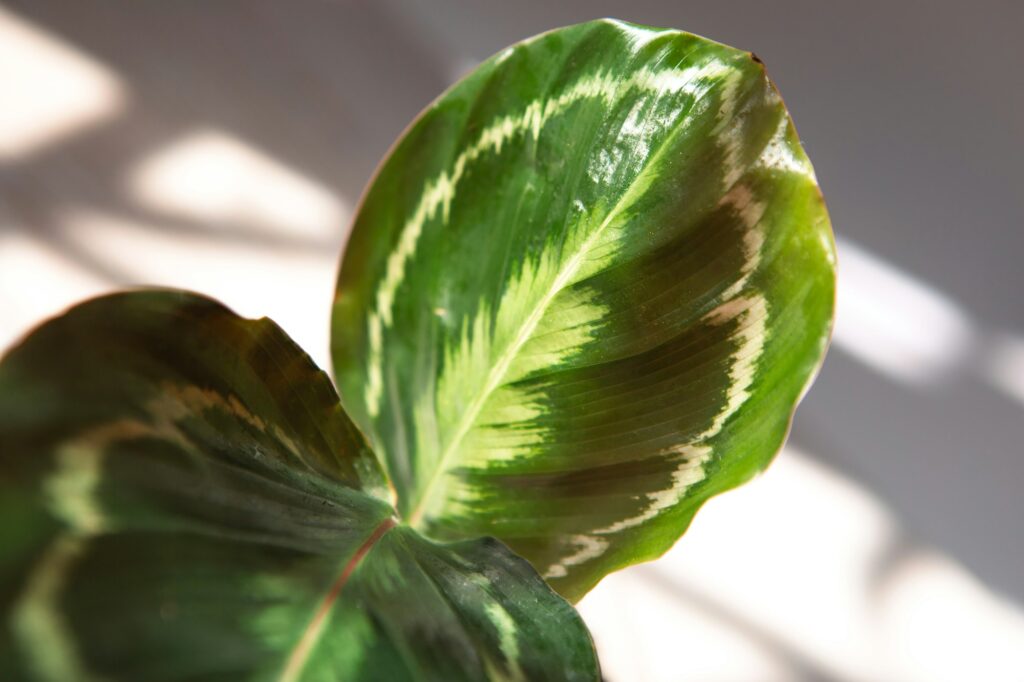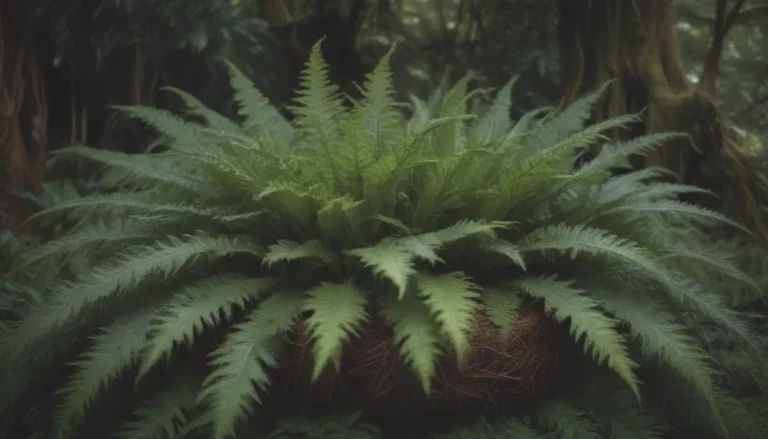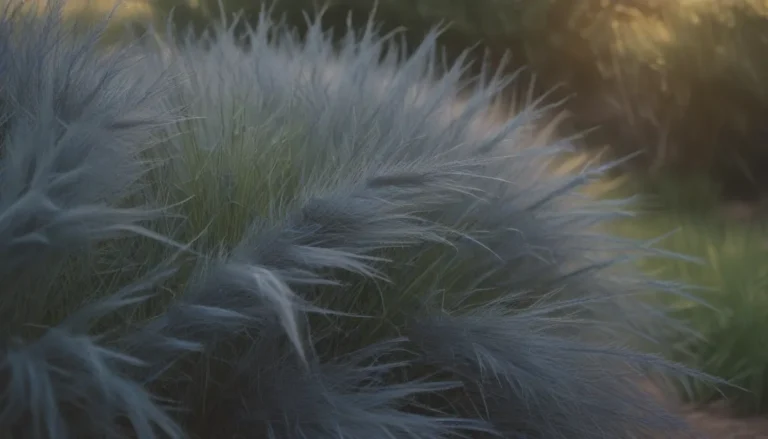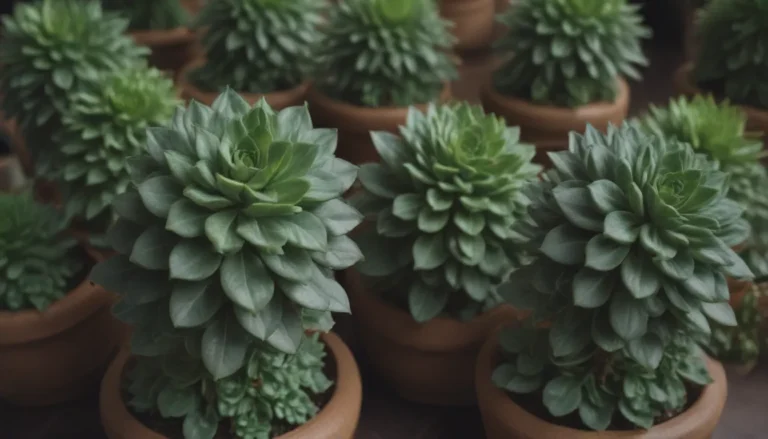Everything You Need to Know About Growing and Caring for Calathea Roseopicta

Calathea roseopicta, also known as rose painted calathea, is a stunning tropical plant with vibrant, colorful leaves that can bring a touch of the exotic into your home. Originating from South America, this plant is a popular choice for those looking to add a pop of color and tropical flair to their indoor space. In this comprehensive guide, we’ll delve into the world of calathea roseopicta and explore everything you need to know to grow and care for this beautiful plant successfully.
Understanding Calathea Roseopicta
Calathea roseopicta is a tropical plant that thrives in warm, humid conditions. It features oval-shaped, dark green leaves adorned with striking pink and red markings, making it a real showstopper in any indoor garden. To ensure that your calathea roseopicta thrives, it’s essential to provide it with the right growing conditions, including:
- Low to moderate indirect light
- Temperatures between 70°F and 80°F
- Moist, well-drained soil
By following these guidelines, you can create the perfect environment for your calathea roseopicta to flourish and thrive.
Calathea Roseopicta Care Guide

Light
Like other types of calathea, calathea roseopicta requires medium to bright indirect light to thrive. Position your plant near an east-facing window or skylight where it can receive ample but filtered sunlight. Avoid placing it in direct sunlight, as this can lead to sunburn, which manifests as faded brown or tan patches on the leaves.
Soil
When it comes to soil, opt for a well-drained potting mix that contains peat moss or coconut coir to retain moisture. A standard houseplant mix works well, or you can create your own blend using peat moss or coconut coir, compost for fertility, and perlite for drainage.
Water
Calathea roseopicta prefers consistently moist soil but not waterlogged. Water your plant when the soil surface begins to dry out, ensuring that the water drains properly to prevent root rot. Always empty any excess water from drip trays or cache pots to avoid waterlogging.
Temperature and Humidity
Maintain a temperature range between 70°F and 80°F for your calathea roseopicta, as temperatures below 60°F can damage the plant. Additionally, provide high humidity levels, ideally around 50 to 60 percent or higher. You can increase humidity by running a humidifier near the plant or grouping it with other plants.
Fertilizer
During the growing season, feed your calathea roseopicta with a balanced liquid houseplant fertilizer diluted to half strength once a month. Start fertilizing in early spring when new growth appears and stop in the fall as temperatures cool. Avoid fertilizing in winter, as the plant is in a dormant phase.
Types of Calathea Roseopicta
- Calathea roseopicta ‘Rosy’:
- Calathea roseopicta ’Medallion’:
- Calathea roseopicta ‘Dottie’:
Pruning and Propagating
Pruning
While calathea roseopicta doesn’t require regular pruning, remove any dead, yellowed, or damaged leaves as needed. Use clean, sharp scissors or pruners to cut the leaves at the base of the plant to maintain its health and appearance.
Propagating
You can easily propagate calathea roseopicta by dividing a mature, healthy plant. Divide the plant in spring or summer during the active growth phase to increase your collection of these beautiful plants.
Potting and Repotting
Plan to repot your calathea roseopicta every few years or when it shows signs of being pot-bound. Choose a pot that is only slightly larger than the current one and avoid terracotta pots that dry out the soil too quickly. Repotting in spring or summer is ideal for the plant’s growth.
Common Pests and Diseases
Keep an eye out for common pests like aphids, mealybugs, spider mites, and scale that can affect your calathea roseopicta. Treat infestations with insecticidal soap or horticultural oil, and ensure that the plant’s soil is not too moist to prevent fungal issues like root rot.
Troubleshooting Common Problems
Yellow Leaves
Yellow leaves are often a sign of overwatering. Allow the soil to dry out slightly before watering again to prevent waterlogged conditions that can harm the plant.
Browning Tips
Dry air can cause the edges of the leaves to turn brown. Increase humidity around the plant and maintain consistent watering to prevent this issue.
Brown Spots on Leaves
Direct sunlight can cause brown spots or sunburn on the leaves. Prune affected leaves and move the plant away from the light source to prevent further damage.
Remember that misting your plant may not effectively raise humidity levels. Instead, consider grouping your calathea roseopicta with other plants or using a humidifier to create a more humid environment for optimal growth.
In conclusion, calathea roseopicta is a stunning plant that can enhance the beauty of any indoor space with its vibrant colors and unique foliage. By providing the right care, including appropriate light, water, temperature, and humidity levels, you can ensure that your calathea roseopicta thrives and remains healthy for years to come. With proper maintenance and attention to its needs, your calathea roseopicta will reward you with its striking appearance and lush growth, becoming a focal point in your indoor garden.





